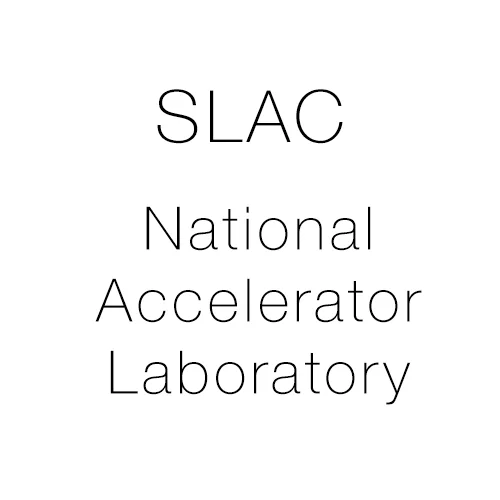As one of 17 Department of Energy national labs, SLAC National Accelerator Laboratory pushes the frontiers of knowledge and drives discoveries that benefit humankind by inventing the tools that make those discoveries possible and sharing them with scientists all over the world. Stanford University operates SLAC for the Department of Energy Office of Science. SLAC’s five joint research centers and facilities with Stanford focus on cosmology and astrophysics, materials and energy science, catalysis, ultrafast science and cryogenic electron microscopy.
Background
SLAC’s two-mile-long particle accelerator is the lab’s backbone. Once the scene of major discoveries in particle physics, today it generates the world’s brightest X-rays for its revolutionary X-ray laser, the Linac Coherent Light Source (LCLS). SLAC’s renowned LCLS is getting a major upgrade that will significantly boost its power and capacity. LCLS-II X-ray laser beam will be 10,000 times brighter and fire 8,000 times faster than the first LCLS beam, up to 1 million pulses per second. Construction began in 2016, and the new facility is scheduled to begin operations in 2023.
In addition to the LCLS-II, SLAC National Accelerator Observatory also supports a number of other projects. This includes the Stanford-SLAC Cryo-EM Center (S2C2) and the Rubin Observatory’s Legacy Survey of Space and Time (LSST). S2C2 provides access to state-of-the-art cryo-EM instruments for data collection towards atomic resolution structure determination of biochemically purified single particles and enables scientists across the nation to become independent cryo-EM investigators. And, starting in 2024, the Rubin Observatory’s Legacy Survey of Space and Time (LSST) will scan the entire visible southern sky every few days for a decade – the widest, fast- est and deepest view of the night sky ever observed.
LSST will generate a vast public archive of data that will dramatically advance our knowledge of the dark energy and dark matter that make up 95% of the universe, as well as galaxy formation and potentially hazardous asteroids. During the first 10 years of operations, Rubin Observatory will detect tens of billions of objects – the first time a telescope will catalog more galaxies than there are people on Earth. This will create an unprecedented archive of 6,000 terabytes of data per year, the equivalent of shooting more than a million images with a cell phone camera every night, but of much higher quality and scientific value.
The handling and analysis of all this data will drive advances in big data science and computing. SLAC expects their total storage needs to reach upwards of two exabytes by 2033.
The TFinity Tape Library
SLAC deployed an 18-frame Spectra TFinity ExaScale Tape Library with LTO-9 tape drives and media. The TFinity system is designed with robotic pickers called High Performance Transporters – each tape library contains two for dual opera- tions. In addition, the TFinity library has dedicated service bays at each end, where a robot can park and be serviced without disrupting operations for the rest of the tape library. Instead of individual tape slots, the TFinity tape library has shelves of TeraPack® containers— 10 tape cartridges in a single drawer. The TeraPacks enable the library to provide a higher tape storage density in a smaller footprint than would be possible with a traditional tape slot design. This compact architecture allows the robots to travel a linear path, loading and unloading multiple tape cartridges at a time for maximum efficiency.
SLAC uses High Performance Storage System (HPSS) software to manage the petabytes of data in its tape library. HPSS software is a flexible, scalable, policy- based Hierarchical Storage Management product. It simplifies and automates processes to ensure information is both protected and accessible.
Technical Summary
- 18-frame Spectra® TFinity® ExaScale Tape Library
- LTO-9 tape drives and media
- BlueScale® Software with standard encryption
- HPSS storage software





